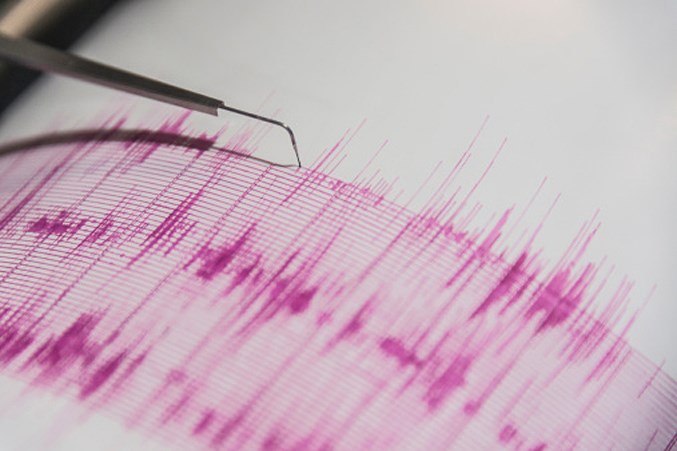INNISFAIL – It was a shaky start to the workweek for many in Central Alberta.
“There was a boom and my house shook,” said Patty Connon, receptionist with the Town of Innisfail. “I didn’t know what it was.”
She and her husband live 24 kilometres directly west of Innisfail.
“It was really quick, a couple of seconds. I thought, 'what was that?' and then I made a phone call (to my husband at work),” she said.
Earthquakes Canada confirmed a 4.6 earthquake shook Central Alberta Monday morning at 5:55 a.m., about 23 kilometres northwest of Innisfail. It is believed to be the largest earthquake to ever hit the area.
“This has been the largest one that we know of to date, on the eastern side of the Rockies,” said Taimi Mulder, an earthquake seismologist with the Geological Survey of Canada - Natural Resources Canada.
“There were no reports of any damage. People are reporting a short, sharp shock and a bit of shaking,” she said. “They’re hearing sounds associated with the earthquake, a bit like a rumble or a train.
“It was approximately nine kilometres south-southeast of Sylvan Lake and 18 kilometres southwest of Red Deer,” she added, noting the earthquake took place about one kilometre below the earth’s surface.
According to reports, the earthquake was also felt in Red Deer, Sylvan Lake, Benalto, Eckville, Blackfalds, Lacombe, Springbrook and Penhold.
Todd Becker, the chief administrative officer for Innisfail, said he did not receive any reports of any power outages from Fortis Alberta Monday morning.
It is not the first time an earthquake has hit Central Alberta, said Mulder.
“There’s earthquakes every couple of months to the east of the Rockies,” she said, noting they are part of tectonic activity along the Rocky Mountains, which sees interaction between the North America, Pacific and Juan de Fuca plate systems that promote stress throughout the edge of the North America plate.
“(Central Alberta) is at the tail end of where that stress propagates to,” explained Mulder.
She does not expect there to be any cause for concern regarding future earthquakes, she noted.
“I wouldn’t be terribly concerned at this point in time. I’m not expecting any aftershocks,” said Mulder. “That being said, our past history shows that there is a large (earthquake) every three to five years in the upper three to low four (magnitude) range. This is just the one that occurred as part of that pattern.
“It just happens to be a bit further east and really close to populated places so it’s been felt,” Mulder concluded.



